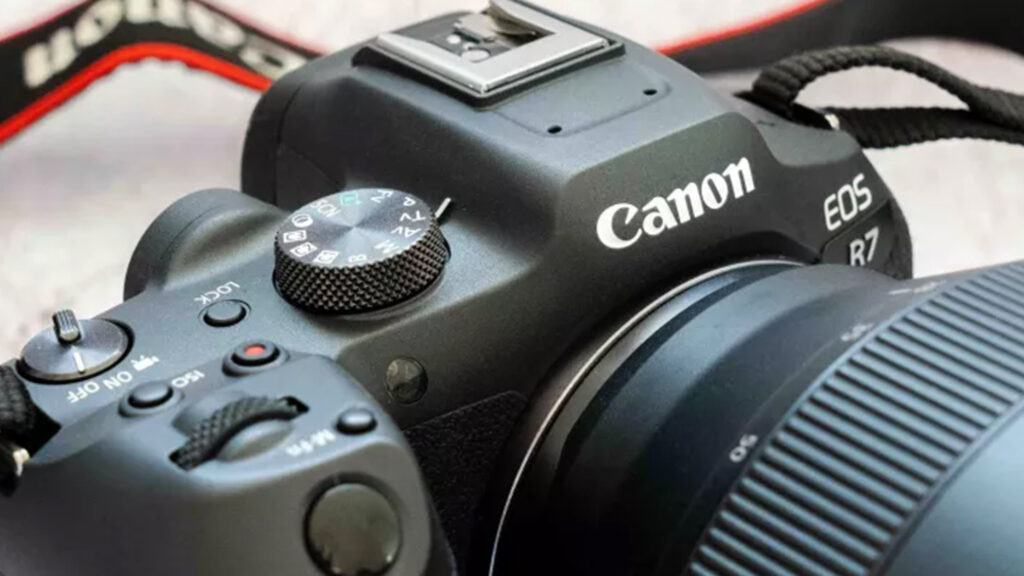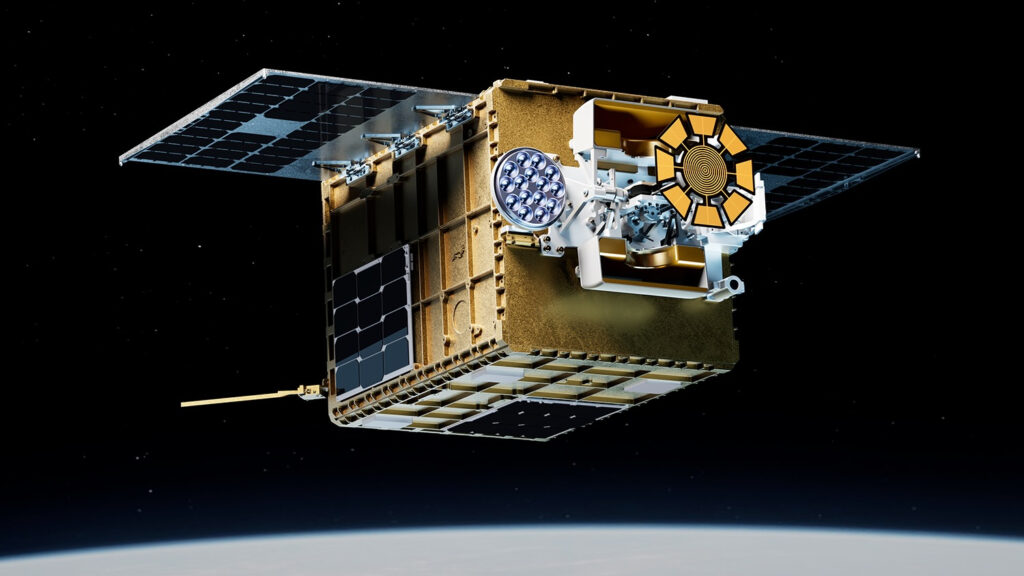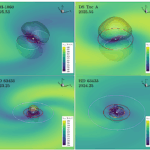Now Reading: Radio dish on the move | Space photo of the day for Aug. 25, 2025
-
01
Radio dish on the move | Space photo of the day for Aug. 25, 2025
Radio dish on the move | Space photo of the day for Aug. 25, 2025
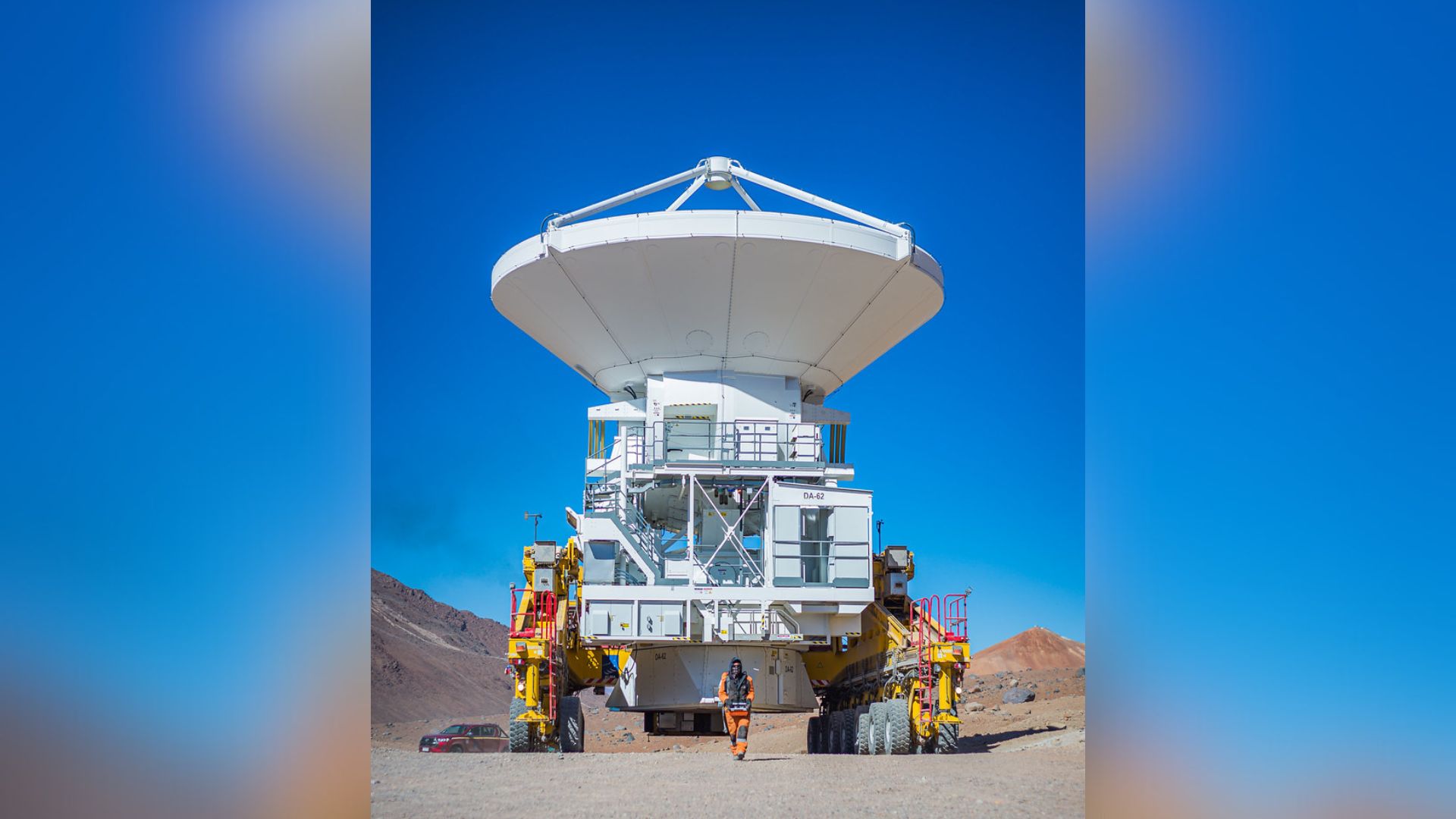
To peer deep into space, observatories like the Atacama Large Millimeter/submillimeter Array (ALMA) use radio dishes to study cosmic structures at radio wavelengths. But sometimes, to get a better view, these radio dishes need to be rearranged and moved.
This is no small feat, as according to ALMA, the radio dishes weigh up to 100 tons (90,718 kg).
What is it?
To move the dishes, ALMA relies on huge transporters, which weigh approximately 135 tons (122470 kg) themselves. These transporters are crucial for the observatory as they provide each dish with constant power while on the move, minimizing any gaps in data collection.
According to ALMA, the two transporters it has at the facility are named Otto and Lore and both are “capable of positioning the antennas on the pads with millimetric precision.” To do this, the transporters were custom made, with specific brakes and accelerators to make the ride as smooth as possible.
While Otto and Lore can be remotely operated for more delicate processes like loading and unloading, they also are drivable, with special space near the driver’s seat for an oxygen tank, given the altitude of where ALMA is located in the Atacama desert.
Where is it?
This photo was taken in the northern part of the Atacama desert near the two main ALMA sites: the Array Operations Site (AOS), situated at 16,400 feet (5,000 meters) on the Chajnantor plateau and the Operations Support Facility (OSF) at 9,500 feet (2,900 meters) below the plateau.
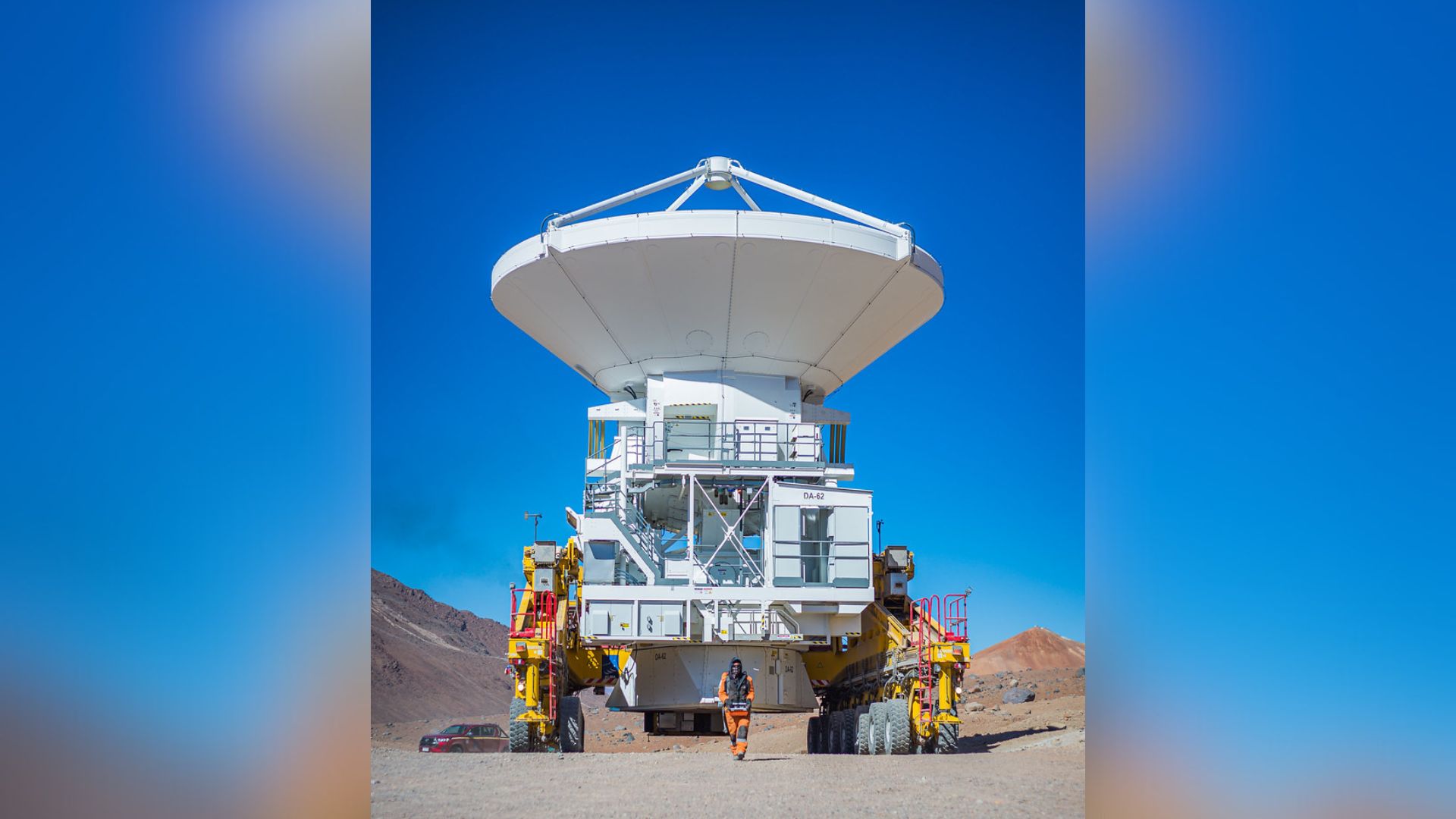
Why is it amazing?
As ALMA is one of the key hubs for astronomers across the globe, its capability to constantly change its radio dish array gives it a cutting-edge over other observatories.
Its location and technological prowess allow scientists to observe the cosmos at millimeter and sub-millimeter wavelengths, useful for studying cold and distant phenomena such as protoplanetary disks, molecular clouds, and star-forming areas.
Want to learn more?
You can read more about radio astronomy and ALMA’s research.
Stay Informed With the Latest & Most Important News
Previous Post
Next Post
-
 01From Polymerization-Enabled Folding and Assembly to Chemical Evolution: Key Processes for Emergence of Functional Polymers in the Origin of Life
01From Polymerization-Enabled Folding and Assembly to Chemical Evolution: Key Processes for Emergence of Functional Polymers in the Origin of Life -
 02Panasonic Leica Summilux DG 15mm f/1.7 ASPH review
02Panasonic Leica Summilux DG 15mm f/1.7 ASPH review -
 03Two Black Holes Observed Circling Each Other for the First Time
03Two Black Holes Observed Circling Each Other for the First Time -
 04How New NASA, India Earth Satellite NISAR Will See Earth
04How New NASA, India Earth Satellite NISAR Will See Earth -
 05And Thus Begins A New Year For Life On Earth
05And Thus Begins A New Year For Life On Earth -
 06Astronomy Activation Ambassadors: A New Era
06Astronomy Activation Ambassadors: A New Era -
07SpaceX launch surge helps set new global launch record in 2024













